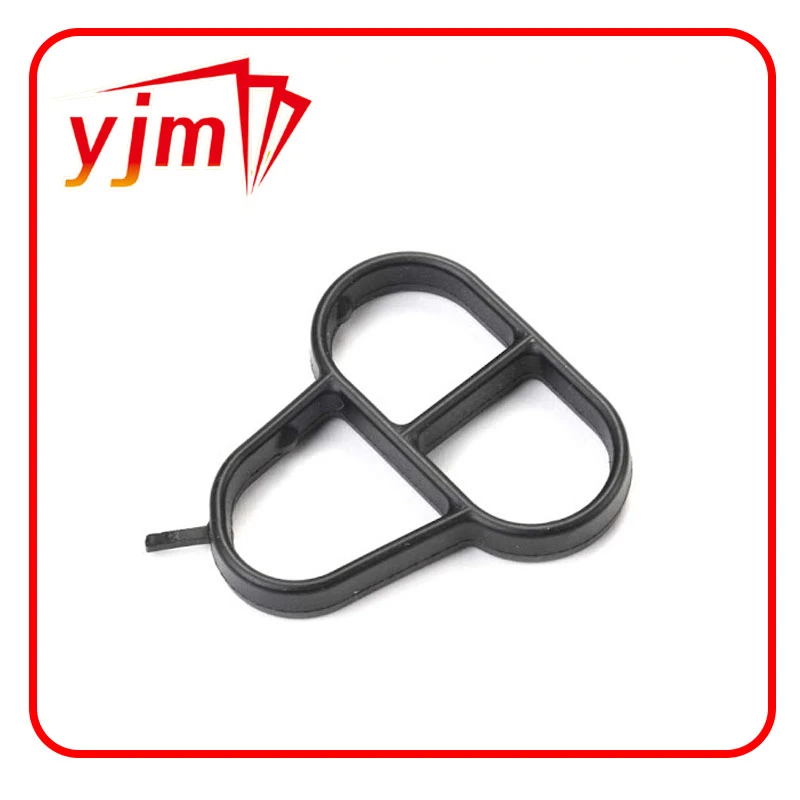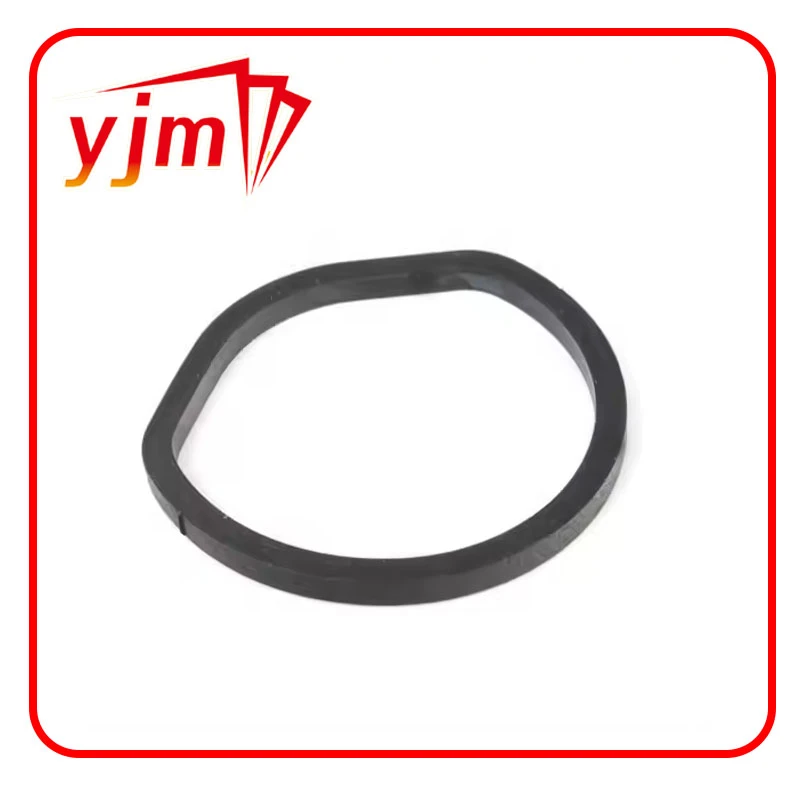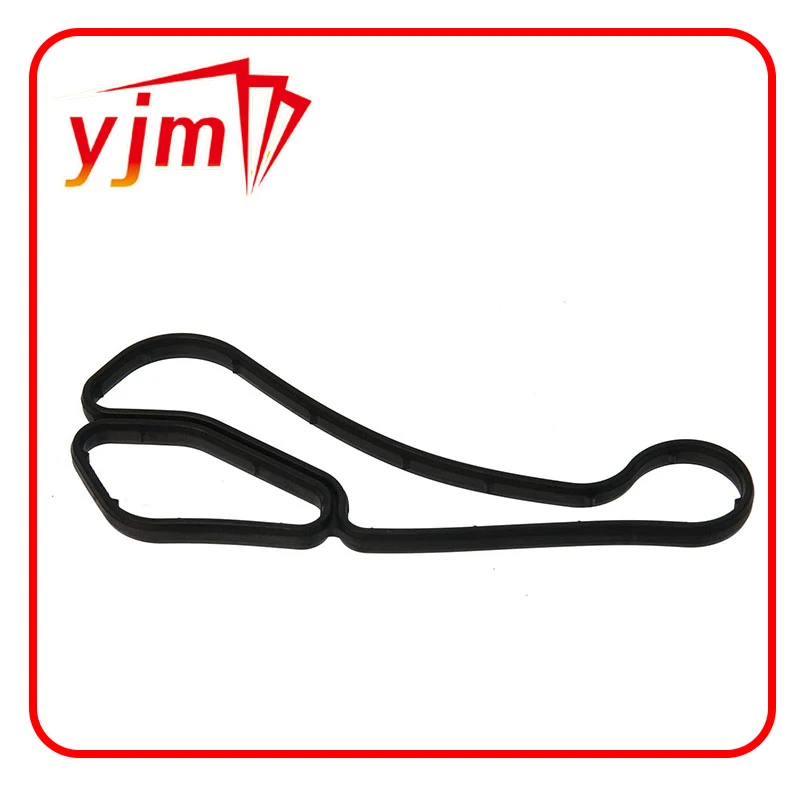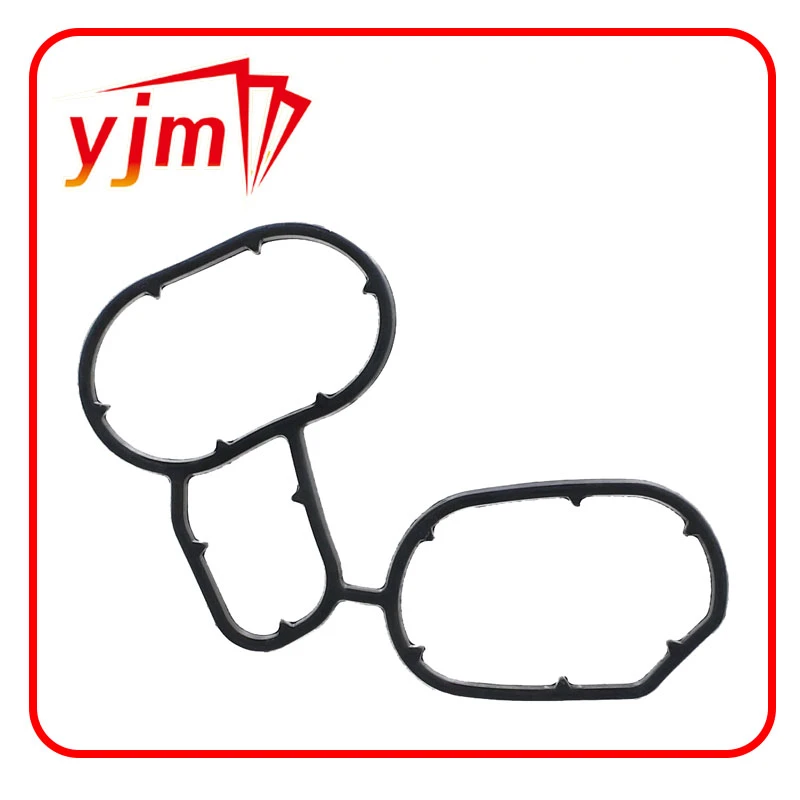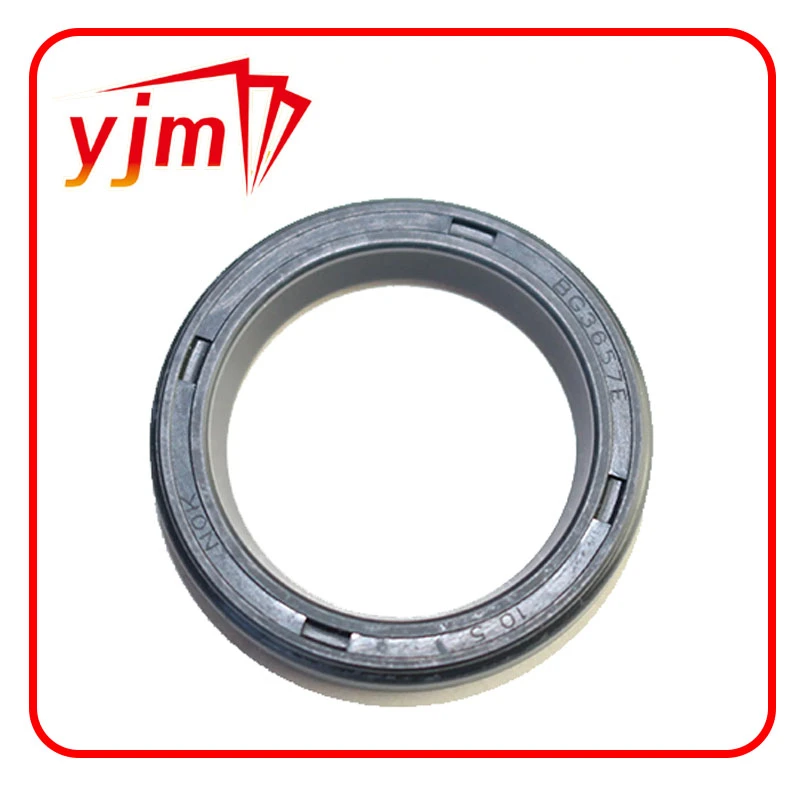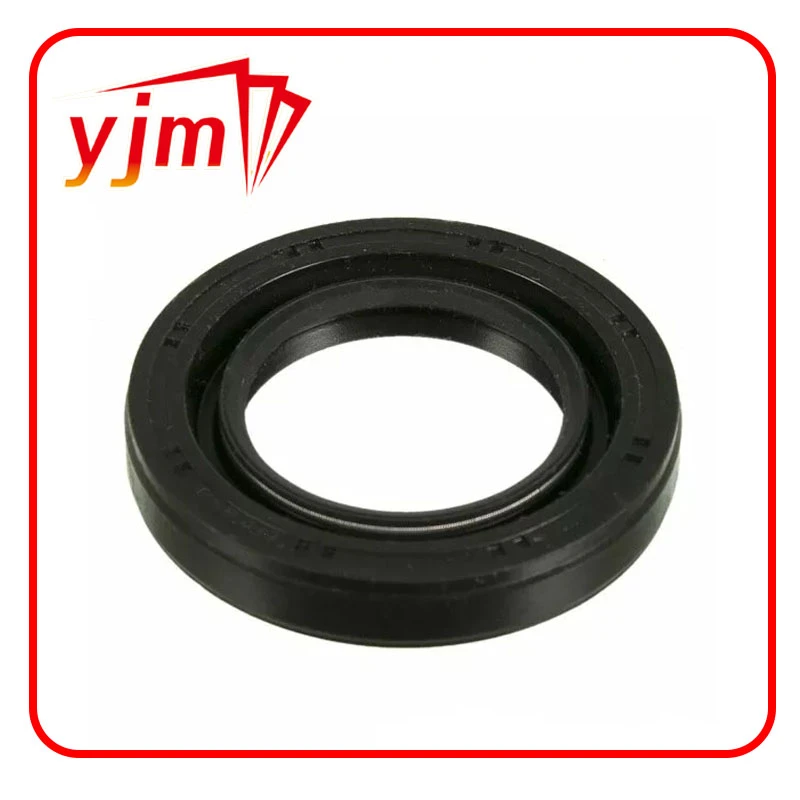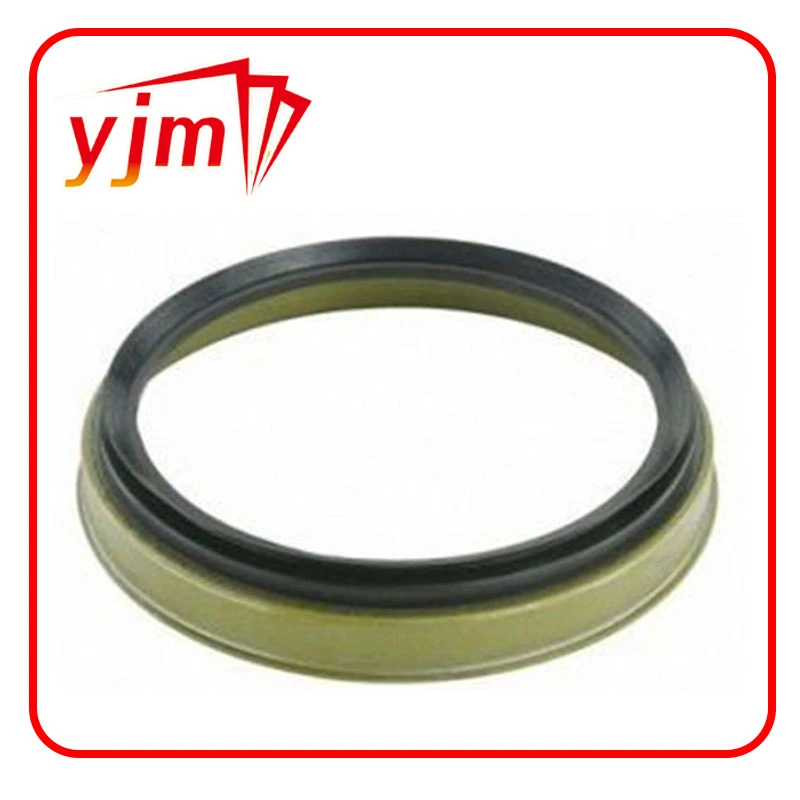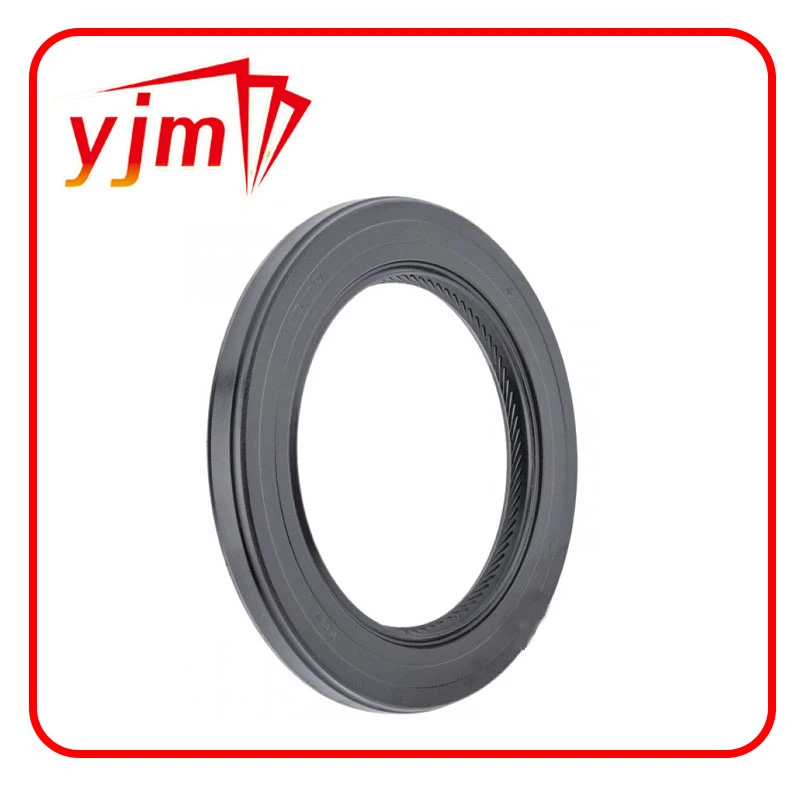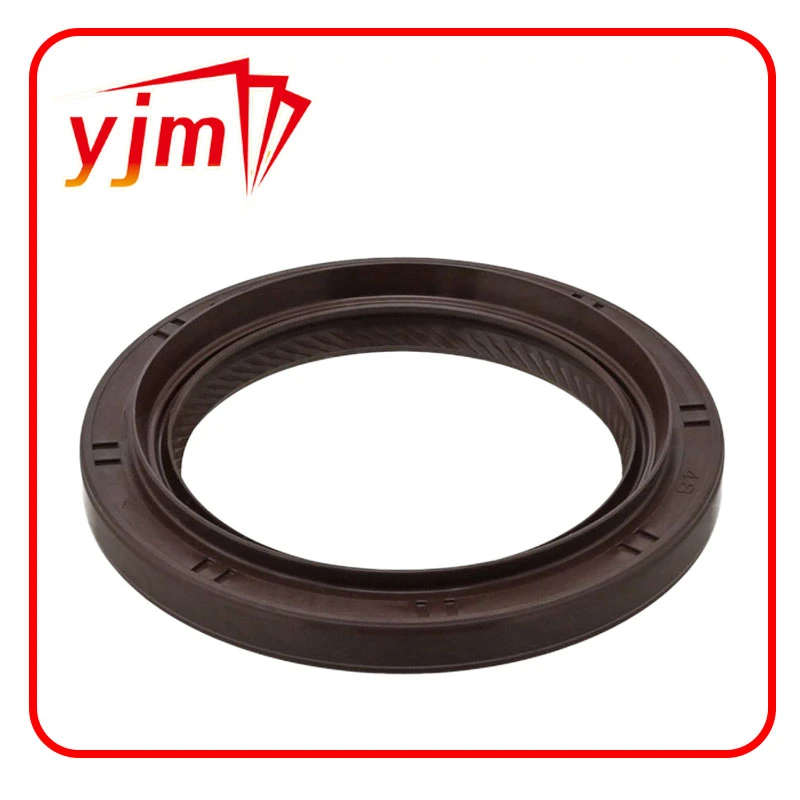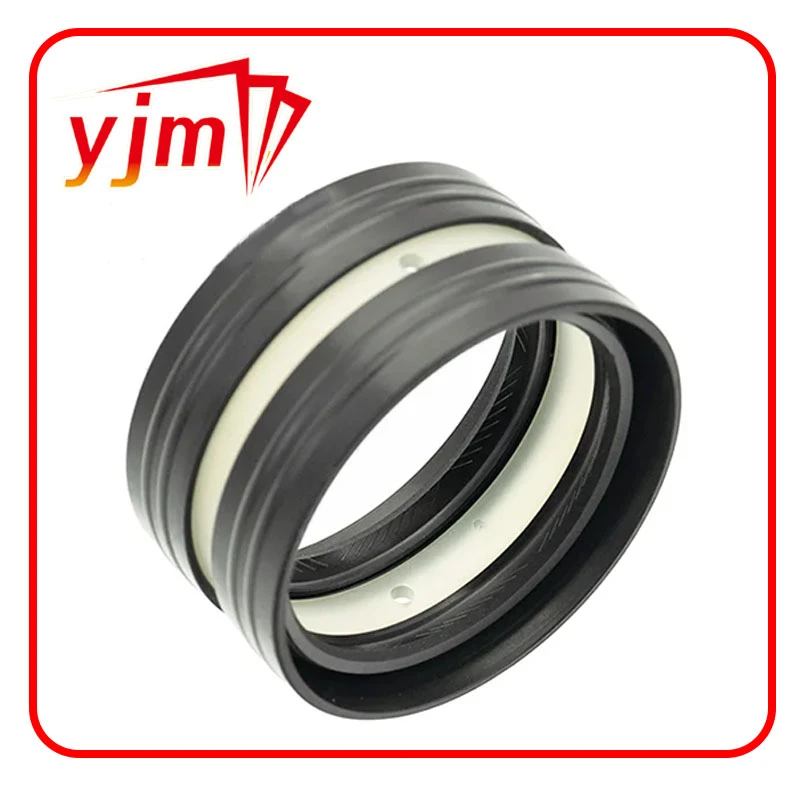Mastering the Small Details: A Complete Guide to Oil Drain Plug Washers and Tridon Components
When it comes to routine vehicle maintenance, few people give much thought to the oil drain plug or its accompanying washer. However, a minor oversight—like a worn-out or ill-fitting washer—can lead to major issues such as oil leaks, reduced engine performance, or even long-term damage. Brands like Tridon have built a reputation for quality components such as the Tridon oil drain plug and Tridon sump plug washer, which help ensure tight, leak-proof seals. In this article, we’ll explore the importance of washers in your vehicle’s oil system, how to choose the right washer for oil plug, and why Tridon products are a reliable choice for vehicle maintenance.
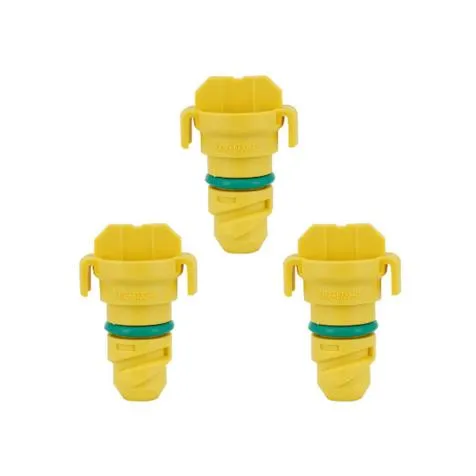
Why the Drain Plug Washer Matters
Every oil change involves removing and reinstalling the oil drain plug. This plug, located at the bottom of the oil sump (or oil pan), allows old engine oil to be drained and replaced with fresh oil. The often-overlooked washer plug drain sits between the bolt head and the oil pan, providing a crucial seal that prevents oil leakage.
Key Functions of the Drain Plug Washer:
Sealing: Ensures a leak-free connection between the drain bolt and the oil pan.
Cushioning: Prevents metal-to-metal contact that could damage threads or surfaces.
Thermal and Vibration Resistance: Absorbs slight movements and heat fluctuations without compromising the seal.
Without a properly functioning washer for drain plug, even the most precisely torqued bolt can let oil seep through, especially as the engine heats and cools. That’s why choosing the right size and material—such as a washer drain plug 14mm—is vital to a successful oil change.
Choosing the Right Washer for Your Oil Plug
Not all drain plug washers are created equal. Variations in material, size, and design can greatly impact how well a washer performs. The correct washer for oil plug will depend on your vehicle’s manufacturer specifications and how often you perform maintenance.
Common Washer Materials:
Aluminum: A popular choice for many vehicles, aluminum washers are soft enough to form a good seal but durable enough for repeated use.
Copper: Excellent heat resistance and sealing ability; often used in performance or heavy-duty vehicles.
Nylon/Fiber: Ideal for DIYers looking for budget-friendly, corrosion-resistant options. Best for lighter-duty or low-temperature applications.
Crush Washers: These deform slightly during installation to form a tight seal—commonly used in modern vehicles.
Sizing Example:
Washer Drain Plug 14mm: Fits 14mm diameter drain bolts, one of the most common sizes for sedans and small trucks. Always verify the size (both inner and outer diameter) before purchasing.
Using a washer that’s too small can prevent the plug from seating correctly, while one that’s too large might not seal around the plug properly. For best results, refer to your vehicle's service manual or OEM specifications.
Tridon: Quality Components for Peace of Mind
If you’re looking for a trusted source for drain plug parts, Tridon is a brand worth considering. Known for automotive aftermarket excellence, Tridon offers a wide range of oil change-related products—including the Tridon oil drain plug and Tridon sump plug washer—that meet or exceed OEM standards.
Why Choose Tridon?
OEM Compatibility: Tridon washers and plugs are designed to match original equipment specifications for a variety of vehicles.
Durable Materials: High-quality metals and synthetics ensure long-term performance.
Leak Prevention: Each washer is engineered to form a tight, dependable seal—even under extreme conditions.
Ease of Installation: Tridon’s drain plugs and washers are user-friendly, with precise threading and sizing for straightforward replacement.
For those performing their own oil changes, using components like the Tridon sump plug washer can make the process smoother and more reliable. Tridon’s catalog includes multiple washer sizes and types, so whether you need a washer for drain plug or a full oil drain plug kit, you can find a solution that fits.
How to Replace an Oil Plug Washer Correctly
Even the best washer will wear out over time. That’s why it’s recommended to replace your oil plug washer every time you change your oil. The process is simple and takes only a few extra minutes during a routine oil change.
Step-by-Step Guide:
Drain the Oil:
Place a catch pan beneath the oil sump.
Unscrew the Tridon oil drain plug or your vehicle’s drain plug.
Allow oil to drain completely.
Remove the Old Washer:
Slide off the used washer from the plug.
If it’s stuck, gently pry it off using pliers or a flathead screwdriver.
Inspect the Plug:
Look for any signs of thread damage or deformation.
Clean the plug and the mating surface on the oil pan.
Install the New Washer:
Choose the appropriate replacement (e.g., washer drain plug 14mm).
Slide it onto the plug, ensuring a snug and centered fit.
Reinstall and Torque:
Thread the drain plug back into place.
Use a torque wrench to tighten it to the manufacturer’s recommended torque spec.
Check for Leaks:
After refilling the engine with oil and starting the engine, inspect around the plug.
A properly installed washer plug drain should leave no oil residue.
Replacing the washer during every oil change may seem minor, but it’s one of the most effective ways to prevent messy oil leaks and preserve the health of your engine.
Final Thoughts: Small Parts, Major Impact
While oil drain plug washers may be one of the smallest parts on your vehicle, their role is anything but insignificant. Whether you’re a professional mechanic or a weekend DIYer, using a high-quality washer for drain plug—like those from Tridon—ensures your oil system stays sealed and your engine remains protected.
From the durable Tridon sump plug washer to the perfectly sized washer drain plug 14mm, investing in the right components can make all the difference during maintenance. So, next time you reach for the oil filter and wrench, don’t forget the washer—it’s the unsung hero of every clean, leak-free oil change.
-
Seal 12x20x5: Precision Radial Shaft Seals for Industrial Reliability
Newyddion Nov.24,2025
-
Seal 12x18x5: Essential Guide to Specifications, Applications & Vendors
Newyddion Nov.24,2025
-
Understanding Seal 12 20 5: Applications, Specifications & Industry Insights
Newyddion Nov.23,2025
-
Durable Oil Seal 85x110x12 – Reliable Sealing Solutions for Industry
Newyddion Nov.23,2025
-
Durable and Precise Oil Seal 75x95x10 for Efficient Machinery | YJM Seal
Newyddion Nov.22,2025
-
Durable Oil Seal 75x100x10 for Reliable Industrial Performance | YJM Seal
Newyddion Nov.22,2025
-
High-Quality Oil Seal 65x90x10 | Durable & Reliable Sealing Solutions
Newyddion Nov.22,2025
Categorïau cynhyrchion

